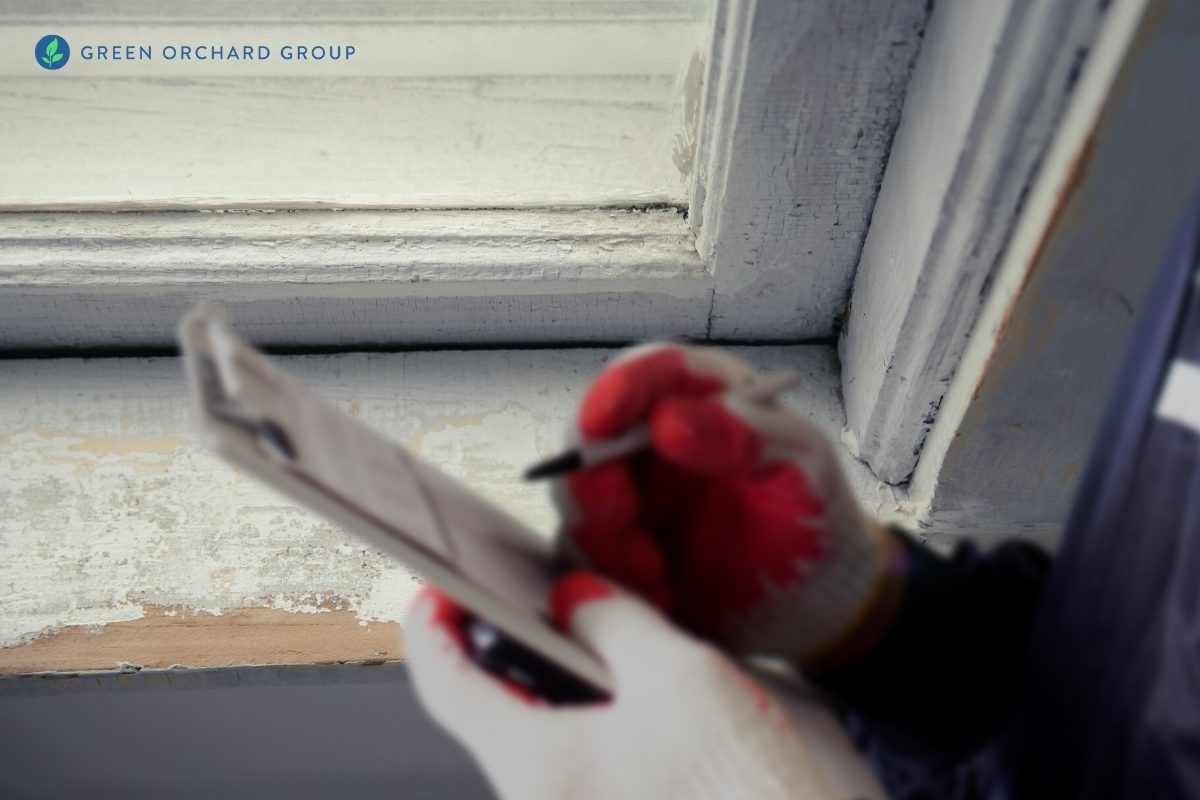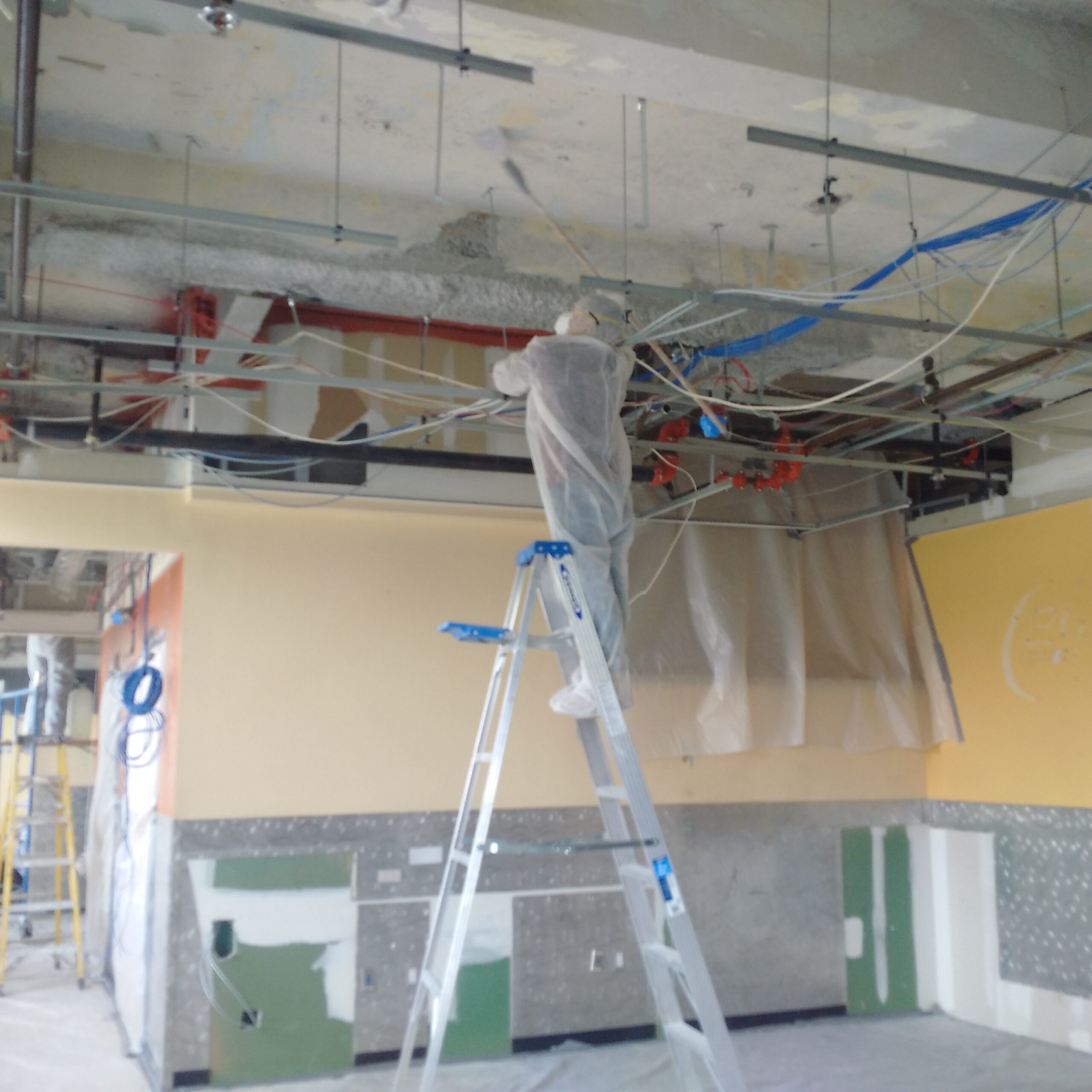Expert Lead Violation Removal in NYC-- Safeguard Versus Wellness Hazards
Expert Lead Violation Removal in NYC-- Safeguard Versus Wellness Hazards
Blog Article
Comprehensive Overview on Effective Lead Infraction Elimination Strategies
In the world of ecological safety and security, resolving lead infractions requires a careful and structured approach. This thorough guide starts by highlighting the critical initial actions of identifying lead hazards with sophisticated analysis and testing methods. The guide clarifies on the significance of sticking to strict security procedures throughout the removal process, consisting of the usage of appropriate PPE and separating affected locations.
Determining Lead Hazards
Recognizing lead threats is an important very first step in alleviating the risks associated with lead direct exposure. Lead, a hazardous steel, can be existing in numerous ecological mediums, including paint, dirt, water, and dirt. It poses extreme health dangers, particularly to youngsters and expectant ladies, causing neurological damage and developmental delays. For that reason, exact recognition of potential lead sources is important for reliable remediation.
The first phase in determining lead threats involves comprehending common lead sources within the constructed environment. Structures built before 1978 are specifically at risk as a result of the widespread use lead-based paint throughout that duration. In addition, soil contamination can occur from wearing away outside paint, industrial emissions, or historical usage of leaded gasoline.
One more significant source is lead piping and pipes components, which can leach lead right into drinking water. Durable goods such as playthings, ceramics, and imported products might also have unsafe lead levels. Notably, work atmospheres and pastimes entailing lead can track contaminants into homes.
Assessment and Testing
When attending to lead hazards, efficient evaluation and testing are extremely important. This critical action ensures the identification and metrology of lead visibility, consequently directing succeeding remediation initiatives. Preliminary analysis typically includes an aesthetic evaluation to identify prospective lead resources, such as degrading paint or infected dust. This is matched by even more strenuous testing methods to ascertain the extent of contamination.

Dirt clean tasting is another important strategy, specifically in domestic setups. By collecting examples from floorings, windowsills, and various other surfaces, this method provides insights right into possible exposure threats. In addition, dirt screening around structure borders is vital to detect lead contamination that can pose threats, specifically to children.
Safe Removal Procedures
Upon completing extensive assessment and screening, implementing safe elimination treatments is the next vital phase in addressing lead threats. This procedure makes sure that lead-contaminated materials are efficiently and securely removed, decreasing threat to both workers and homeowners. The very first step entails separating the damaged area making use of plastic sheeting and appropriate sealing techniques to prevent the spread of lead dirt.
Workers have to put on ideal personal protective equipment (PPE), consisting of respirators, handwear covers, and disposable coveralls, to mitigate direct exposure. Employing specialized tools and wet techniques, such as damp fining sand or making use of HEPA-filtered vacuums, decreases the diffusion of lead fragments. It is crucial to prevent dry fining sand or unpleasant blowing up, as these approaches can create dangerous lead dust.
Waste disposal is an additional important part; all infected products have to be safely bagged and labeled according to EPA and neighborhood laws. Additionally, thorough cleaning of the job location with HEPA vacuum cleaners and damp cleaning makes certain the elimination of residual lead bits.
Post-Removal Confirmation

Confirmation of effective lead elimination, recognized as post-removal confirmation, is vital to ensure the security and habitability of the remediated area. This process entails a collection of precise analyses and tests made to spot any recurring lead bits that may position health risks. The initial step usually includes a visual inspection to analyze the completion and high quality of the removal job. This assessment ensures that all known sources of lead have actually been attended to which no noticeable signs of contamination stay.
Complying with the aesthetic evaluation, ecological tasting is performed. This involves accumulating dirt, dirt, important source and sometimes water samples from the remediated area. Certified research laboratories examine these examples pop over to this web-site to measure lead degrees, ensuring they drop listed below the safety limits developed by regulatory bodies such as the Epa (EPA)
On top of that, air quality testing might be performed to detect airborne lead bits, particularly in situations where considerable lead-based paint elimination or remodelling has occurred. The outcomes of these examinations give quantitative data verifying that the lead levels are within acceptable limits.
Eventually, post-removal confirmation offers as an important checkpoint, verifying the efficiency of the lead reduction initiatives and securing the health of owners and site visitors.
Safety Nets and Maintenance

An essential safety net includes using lead-safe licensed service providers for any type of restoration, repair service, or painting tasks. These specialists are learnt techniques that minimize lead dust and particles. Additionally, preserving painted surfaces to prevent chipping or peeling off is essential, as degrading paint can release lead fragments into the setting.
Educational initiatives targeting property proprietors and occupants relating to the threats of lead and the relevance of reporting any kind view it now of possible risks can better enhance preventative initiatives. Routine cleaning utilizing HEPA vacuums and damp mopping techniques can significantly lower lead dust build-up.
Conclusion
In recap, effective lead offense elimination demands a meticulous strategy incorporating detailed assessment, exact testing, and strict removal procedures. Making sure safety through appropriate isolation and individual protective tools remains critical. Post-removal confirmation via ecological sampling and air quality testing corroborates compliance with recognized safety criteria. In addition, recurring evaluations and maintenance are important to mitigate future lead dangers, consequently safeguarding public wellness and making certain sustained conformity with regulatory requirements.
Report this page